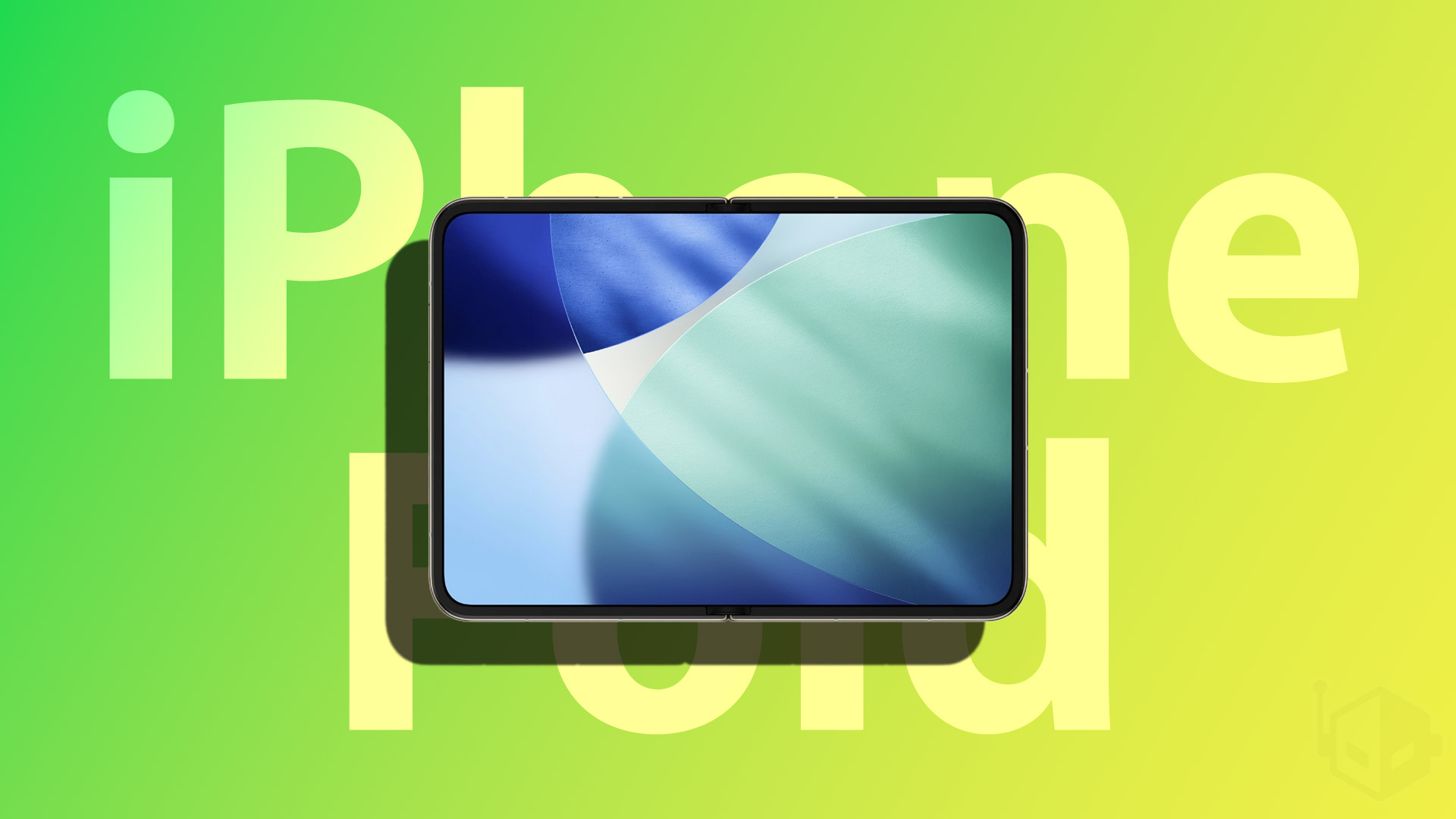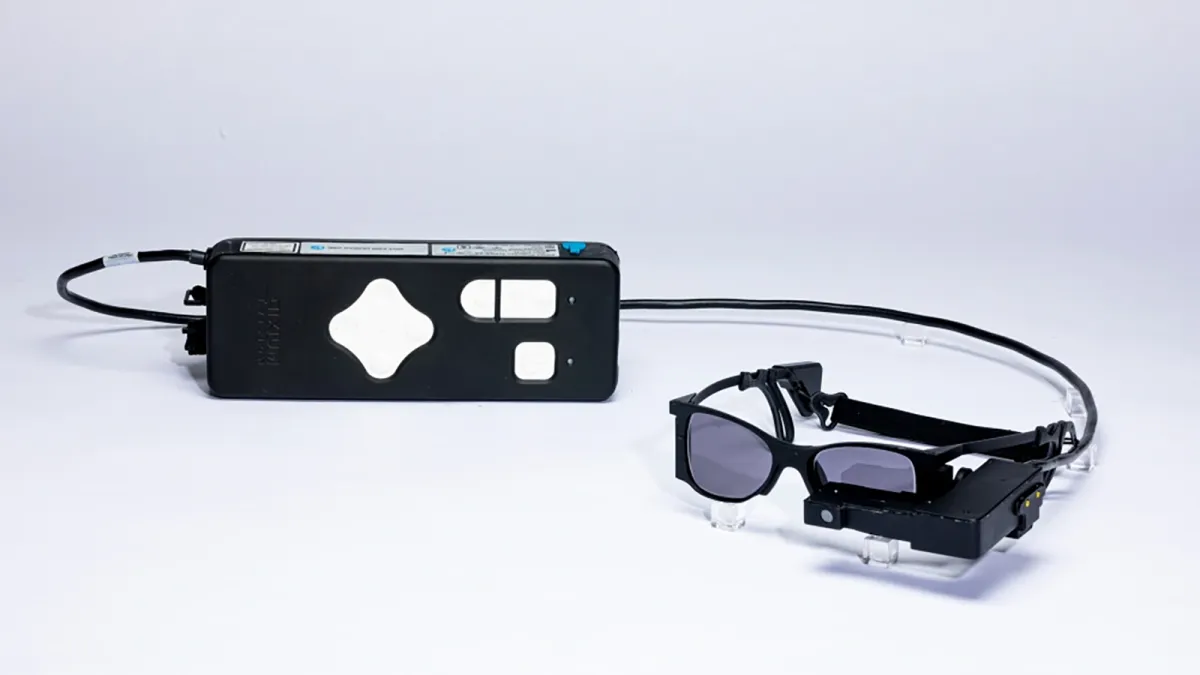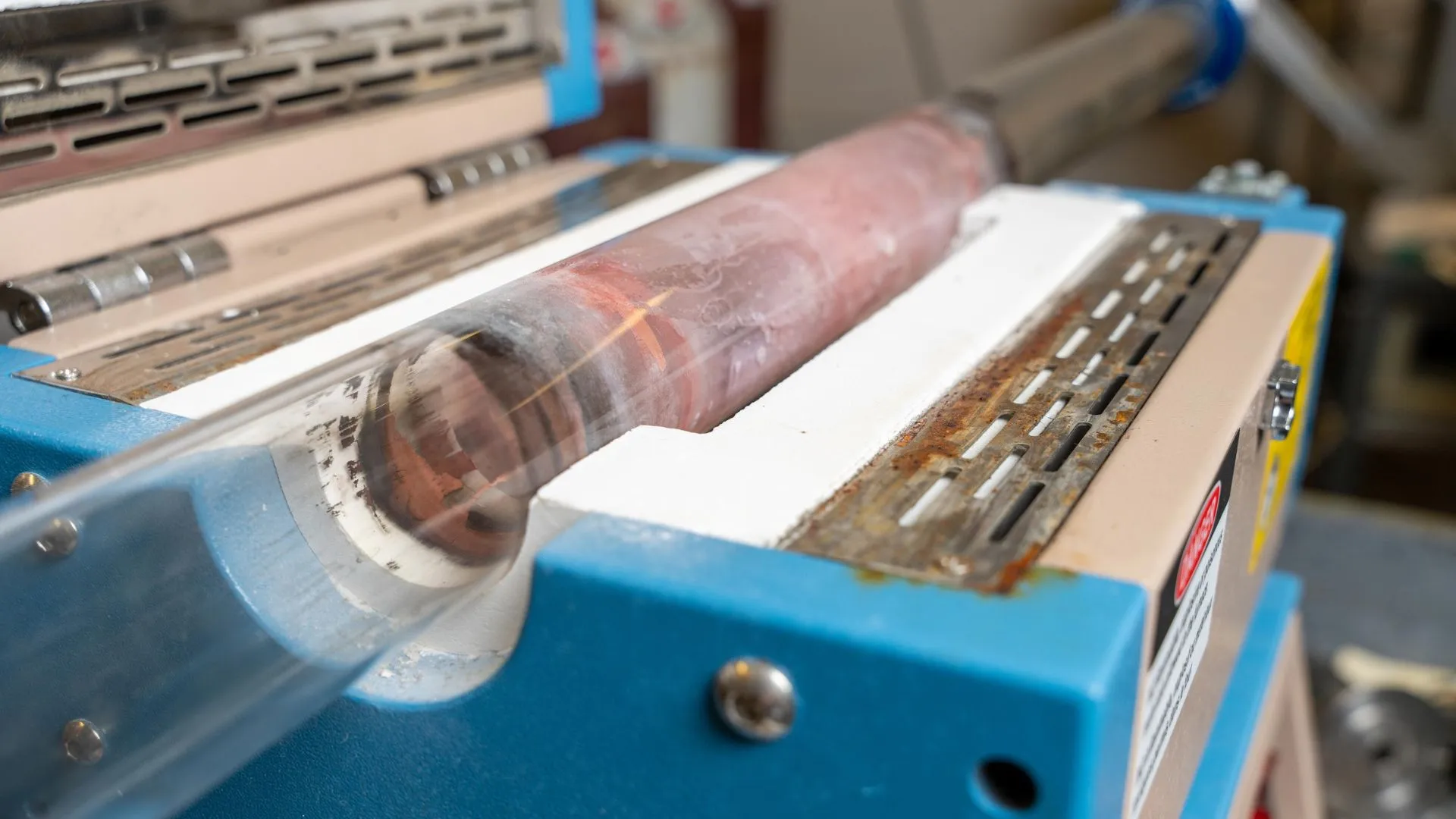Copyright Wccftech

The foldable form factor for smartphones transformed the industry when Samsung launched its Galaxy Fold back in 2019. Now, more than seven years after its closest competitor entered this space, Apple is preparing for its iPhone Fold launch. Based on various accounts, the device will be entirely different from its competitors, and to bring you up to speed on how it will set itself apart from the rest of the pack, we have compiled a detailed rumor roundup that covers key talking points, ranging from features, specifications, price, and availability. How many form factors is Apple exploring with its iPhone Fold? The two predominant foldable form factors existing in the smartphone industry are the ‘book-style’ and ‘clamshell’ designs. The book-style one offers more utility to the user for when you want to carry out different tasks, with the clamshell form factor being the more affordable approach that manufacturers take. Apple is said to be experimenting with both designs, but the one that gives users that flexibility boost to carry out a wide range of tasks is what we will likely witness in action next year. Design and display As mentioned above, the iPhone Fold is said to adopt a book-style form factor, similar to the Galaxy Z Fold 6, with its primary panel measuring 7.74 inches, and the cover display measuring 5.49 inches. Looking at how Apple pulled off the iPhone Air with its sleek 5.6mm thickness, an earlier report states that the iPhone Fold will resemble two of Apple’s slim flagships placed side-by-side, with the chassis made up of titanium alloy. A separate rumor stated that the device will feature a 2,713 x 1,920 resolution, and an aspect ratio of 14.1:10. However, another unconfirmed claim is that the iPhone Fold will have a 4:3 aspect ratio, as Apple wants to maintain the same software consistency as the iPad. According to TF International Securities analyst Ming-Chi Kuo, the device will miss out on Face ID but will be treated to Touch ID instead due to design complications. Kuo’s claims were later backed by a tipster, who stated that the iPhone Fold will feature an under-display camera, but will not house the TrueDepth components that are mandatory for enabling Face ID. We can understand that buyers will be absolutely livid to learn that this technological marvel will lack a ubiquitous security feature, but design complications can often get in the way of incorporating certain features. Hinge and crease Unlike other foldable flagships that have had visible creases for several years, Apple prides itself on its design philosophy, which is why the iPhone Fold must be devoid of all creases, or it will appear that the company’s engineers have committed heresy. Coming to the hinge, numerous reports have discussed various implementations and technologies added to strengthen the device’s internal structure while also eliminating the crease. There were talks that the iPhone Fold would be delayed to 2027 because Apple continues to run into challenges with the complex hinge. However, a separate report said that the Cupertino firm managed to overcome these hurdles while successfully procuring a more affordable hinge whose average selling price falls in between the $70 and $80 range once mass production begins. The crease is one area that Apple and its engineers are reportedly trying to perfect. Unsurprisingly, this part is also linked to how the hinge is developed and attached to the foldable iPhone. On that note, multiple reports have talked about the innumerable implementations the technology giant will introduce to the iPhone Fold to make the crease virtually invisible. Since there is way too much information to sift through, we have made things easier for readers by compiling all the technologies being tested on the iPhone Fold below. In short, Apple has been exploring a ton of options for its hinge to effectively remove the crease. The use of a liquid metal hinge to improve durability and deliver a crease-less display experience. Shifting to on-cell display technology from in-cell, which features the touch sensor below the color filter substrate, minimizes the air gaps in between for a potentially smoother crease area. The foldable display supplied by Samsung will have metal plates made by Korean supplier Fine M-Tec that will be joined to the iPhone Fold using a laser drilling process to mitigate any visible creases; this method will be costly. Employing a thicker front glass that has been chemically strengthened to eliminate the crease; will be expensive to implement. Hinge could be made up of a durable amorphous metal glass composite. The liquid metal hinge has been mentioned again, but instead of a matte finish, it will sport a glossy look and will offer superior resistance against bending. It is possible that Apple is testing a bunch of hinge prototypes, which is why there are so many implementations highlighted above. However, it is likely that the company can only utilize one or two different methods. Other Hardware specifications The preliminary details shared by UBS not only mentioned the iPhone Fold’s 7.8-inch and 5.5-inch inner and cover screens, respectively, but also talked about other internals. For instance, the device is expected to ship with Apple’s A20 Pro, the company's first chipset that will leverage TSMC’s 2nm N2 process. The SoC will be paired with 12GB RAM and the company’s in-house C2 5G modem. The baseband chip’s development reportedly started earlier this year, shortly after the iPhone 16e’s inception. Unlike the A20 and A20 Pro, the C2 is expected to utilize TSMC’s older 4nm process. Apple may introduce a base storage of 256GB, followed by a 512GB variant and a 1TB one. Keep in mind that this information can change with time, but we will provide timely updates in the future. Camera The iPhone Fold’s optics configuration is said to include four cameras, one on the front, two on the back, and one on the internal display. The two units on the rear side were said to support a maximum resolution of 48MP, with the in-display sensor said to be a 24MP unit. Price Potential buyers will have to prepare their wallets, as the iPhone Fold will be anything but affordable. According to analyst Ming-Chi Kuo, the device could retail between $2,000 and $2,500. However, JP Morgan is under the impression that the iPhone Fold will cost $1,999. The ludicrously high MSRP is directly associated with the increased ‘Bill of Materials’ (BOM) of the smartphone, which UBS analysts estimate to be $759, or $40 less than the base iPhone 17’s price in the U.S. The same analysts predict that the iPhone Fold will retail for between $2,000 and $2,400, with Apple generating a gross margin of 58-64 percent. Launch



